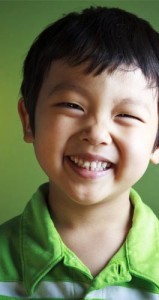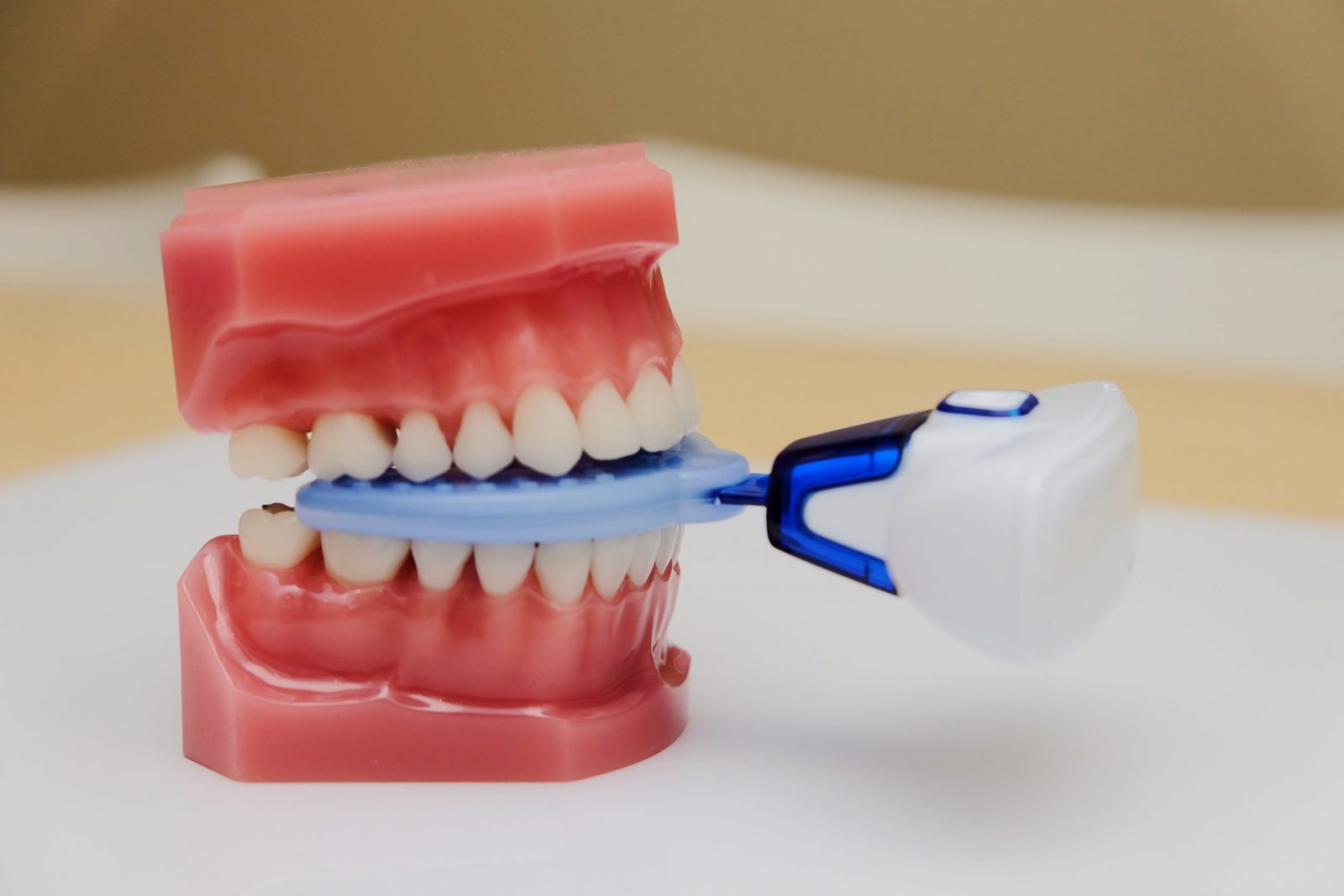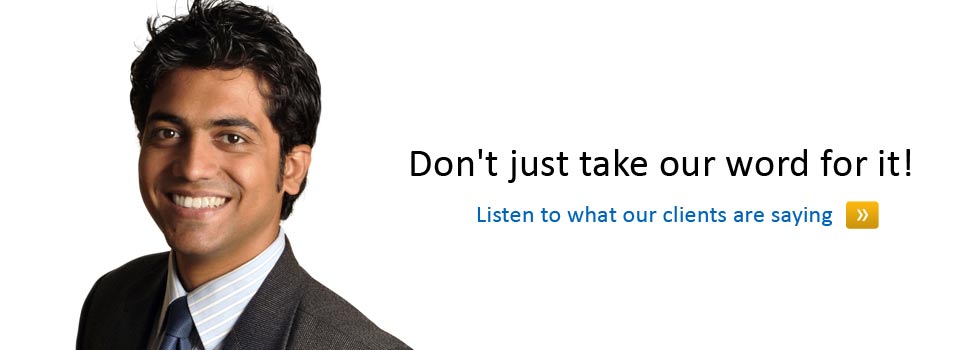
Some problems are not so subtle, and you may notice them early on. If you see any of the following signs in your child, please make an appointment immediately. (If your child is younger than seven, it is not necessary to wait till his or her seventh birthday to visit our office.) We want to identify any problems as early as possible so that we can implement the appropriate treatment at the appropriate time for your child’s individual needs.
- Early or late loss of baby teeth
- Difficulty in chewing or biting
- Mouth breathing
- Finger sucking or other oral habits
- Crowding, misplaced, or blocked-out teeth
- Speech difficulty
- Jaws that shift or make sounds
- Biting the cheek or biting into the roof of the mouth
- Teeth that stick out too far
- Teeth that meet abnormally or don’t meet at all
- Upper and lower jaws that don’t line up
- Grinding or clenching of teeth
Your family dentist may already have found some of these problems and may be monitoring the changes. They may also refer you to an orthodontist to have these problems looked at. An orthodontist is trained specifically in the diagnosis, prevention, and treatment of crooked teeth and jaws, as well as problems of the jaw joints; they will be able to tell you when is the best time to have any of these problems fixed. The key to successful treatment in young patients is delivering the right treatment at the right time.
Since the teeth and bites of children with baby teeth are dynamic and transitional, this means that changes are going on all the time. The first baby teeth to exfoliate should be the lower central incisors or the ones in the center teeth. They should become loose and fall out between the ages of 5 ½ and 6 ½. The last baby teeth to fall out should be the upper cuspids or “canine teeth”, at around age 11 to 13. Therefore, between the ages of 6 and 12, there will be a constant changing of baby teeth to permanent teeth. The goal of early orthodontic intervention is to eliminate any interference with the normal eruption of teeth and the development of the jaw and face.
All orthodontists in British Columbia must first obtain a license to practice dentistry in Canada. They must then successfully complete at least two years of advanced training in the specialized field of orthodontics from an accredited university. Finally, they must pass all provincial dental licensing exams in the field of orthodontics in Vancouver. Only dentists with such advanced specialty education can present themselves as orthodontists. Dr. Wang is one of the most experienced orthodontists in the Province.

Hello, I’m Dr. Kevin Lee, an experienced orthodontist, and I proudly welcome you to Pacific West Dental. With a passion for creating beautiful, confident smiles, I have dedicated my career to providing top-tier orthodontic care.
Established with a commitment to personalized treatment and patient comfort, Pacific West Dental is your trusted destination for achieving the smile you’ve always dreamed of.
Services we provide:
– Invisalign
– Braces
– Lingual Braces
– TMJ
– iTero
– Laser Therapy
– Sleep Apnea
– Dysport Cosmetic Injectables
– Lightforce Braces






